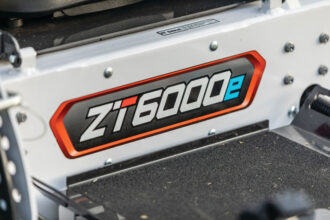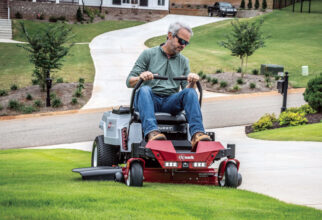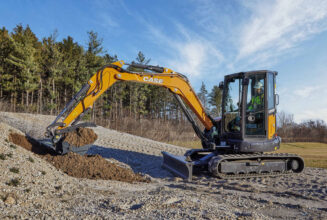John Deere Announces New Equipment Name and Numbering System
John Deere announced that it is transitioning to a new name and number system for its full line of tractors with the introduction of the new 5D, 5E, 5M, and 6D Series Tractors.
“The updated name and numbering system is unique to John Deere and allows for a more consistent approach to naming our equipment around the world,” said Steve Robisky, John Deere marketing administration manager. “This new system allows customers to more quickly and easily identify the engine horsepower of a tractor, its capability, and its size by looking at the hood decal,” Robisky adds.
Each new tractor model number has six available positions. The first position is a number and represents its size. The second, third, and fourth positions are numbers and denote its relative metric engine horsepower according to 97/68/EC Standards. The fifth position is a letter and indicates its capability and/or price level within its family.
“Letters at the beginning of the alphabet indicate a tractor model has lower levels of capabilities when compared to other models in its family. Letters higher in the alphabet specify a tractor has more advanced capabilities. Some tractors will also have a sixth position to designate a specific configuration such as a high-crop or narrow-profile tractor or to show that it has tracks,” Robisky says.
Consider the new John Deere 5045D, 5065E, and 5065M Tractors. The 5065E is a 65-engine horsepower tractor. When compared to other models in the 5 family of tractors, the 5065E has fewer capabilities while a 5065M has greater capabilities.
“Our dealers will refer to them as the Five D Series, Five E Series, and 5M Series of tractors. Within the series, they’ll refer to a specific model as a Five zero-sixty-five E Tractor. Larger models, such as the new 6115D, would be referred to as a Six one-hundred-fifteen D,” Robisky says.
This new system does away with the word thousand in the series title. The name and numbering switch will not be immediate for all John Deere tractors. Instead it will be phased in over time when new product families are introduced.



